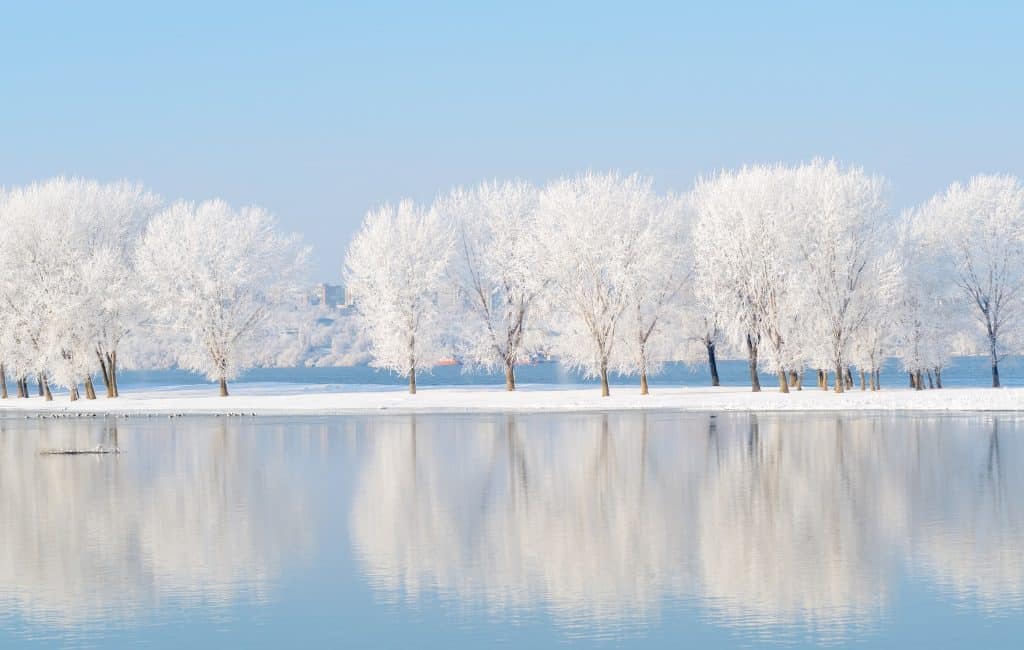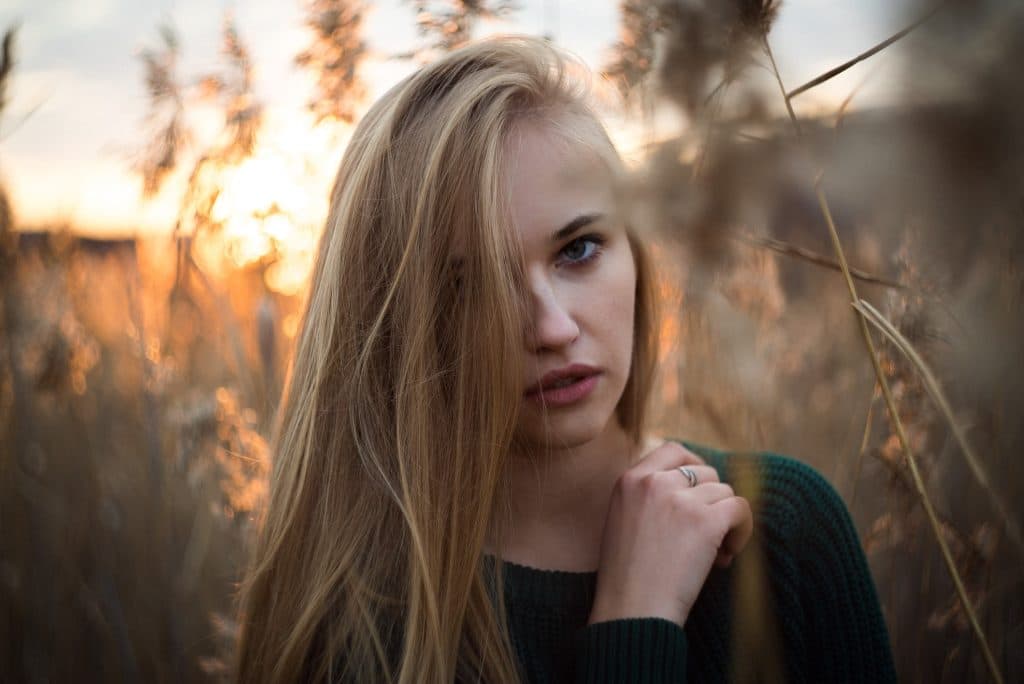Photography is an art form that relies on a multitude of factors to create a compelling image. From composition to lighting, each element plays a crucial role in the final result. One often overlooked aspect of photography is the colour temperature.
In simple terms, colour temperature refers to the warmth or coolness of a colour. It is an essential consideration for photographers as it can dramatically impact the mood and tone of a photo. In this blog post, we will explore the importance of colour temperature in photography and how it can be used to create a mood.
Understanding Colour Temperature
Before we delve into the importance of colour temperature, it is crucial to understand what it is. Colour temperature is measured in degrees Kelvin (K), and it ranges from warm to cool. Warm colours have a lower Kelvin temperature and appear more yellow, orange, or red. In contrast, cool colours have a higher Kelvin temperature and appear more blue or green.
The Importance of Colour Temperature in Photography
Colour temperature plays a vital role in photography because it can evoke a specific mood or emotion in the viewer. For example, warm colours such as red and orange can create a sense of comfort, happiness, and intimacy. These colours are often used in portrait photography to capture the warmth and closeness of human relationships. In contrast, cool colours such as blue and green can create a sense of calmness, serenity, and tranquillity. These colours are often used in landscape photography to capture the peacefulness of nature.
Using Colour Temperature to Create a Mood
As mentioned earlier, photographers can use colour temperature to create a mood in their photos. They can do this by adjusting the white balance settings on their camera or in post-processing software. For example, if a photographer wants to create a warm and inviting mood in a portrait, they can set the white balance to a lower Kelvin temperature, such as 3200K. This will make the skin tones appear yellow and create a cosy atmosphere. In contrast, if a photographer wants to create a cool and peaceful mood in a landscape photo, they can set the white balance to a higher Kelvin temperature, such as 5500K. This will make the blues and greens appear more vibrant and create a sense of tranquillity.
Time of Day and Colour Temperature
The natural light during different times of day can have a significant impact on the colour temperature of a photo. For example, during the golden hour (the hour after sunrise and the hour before sunset), the light is warmer and more yellow, creating a beautiful and inviting mood. In contrast, during midday, the light is cooler and bluer, creating a more clinical and sterile mood.
Colour temperature is an essential consideration for photographers as it can dramatically impact the mood and tone of a photo. Understanding how it works and using it to create a mood can help photographers create more compelling and evocative images. Whether you are a professional photographer or a hobbyist, mastering the use of colour temperature can take your photography skills to the next level.


